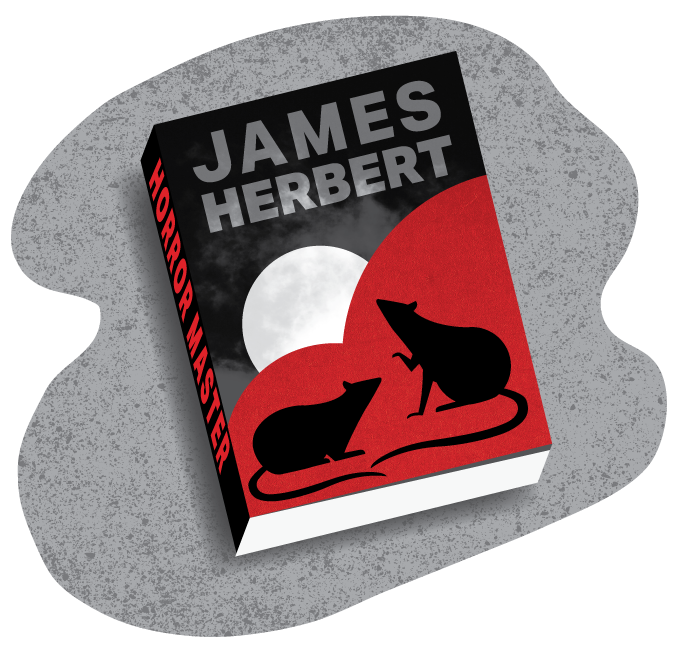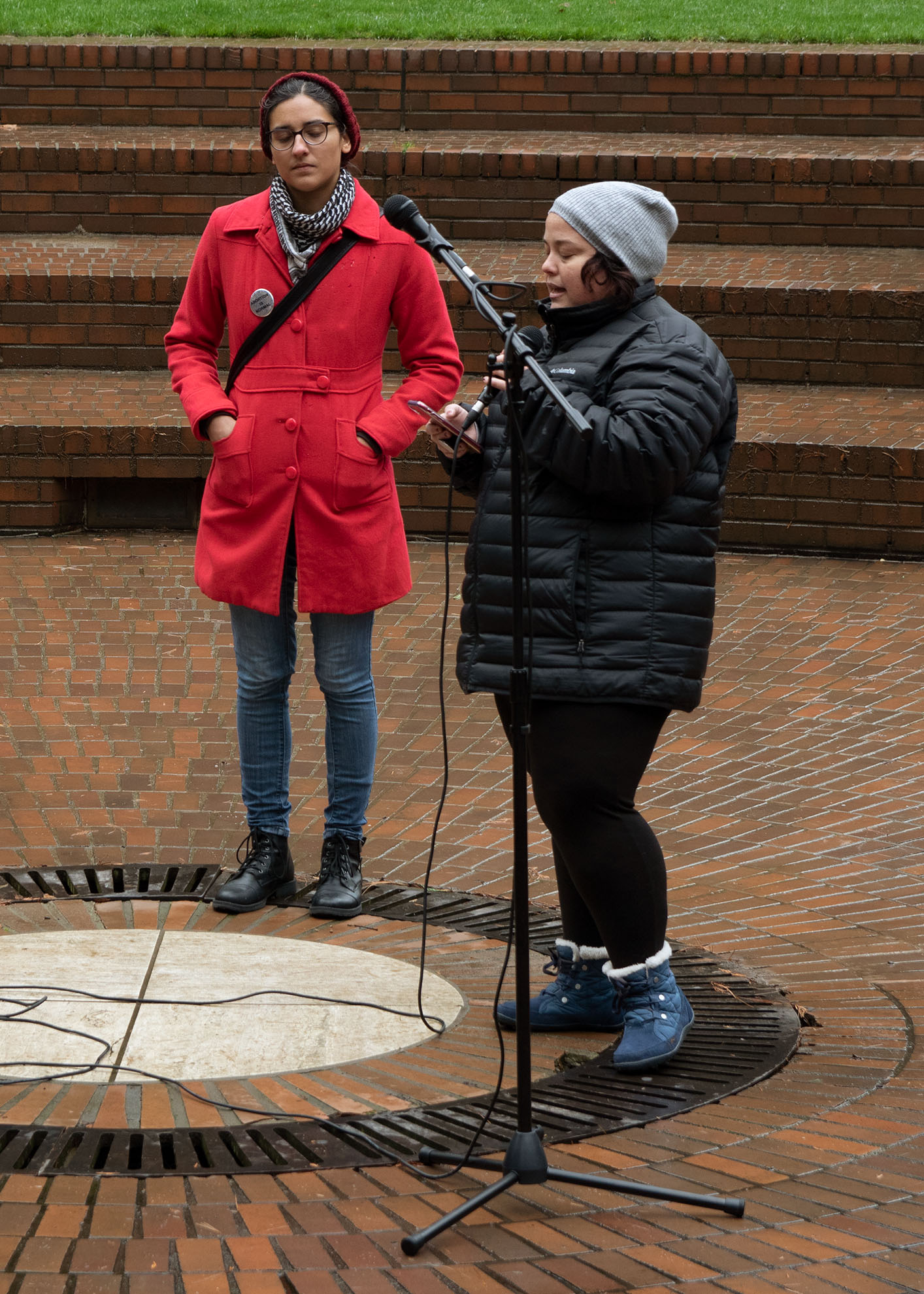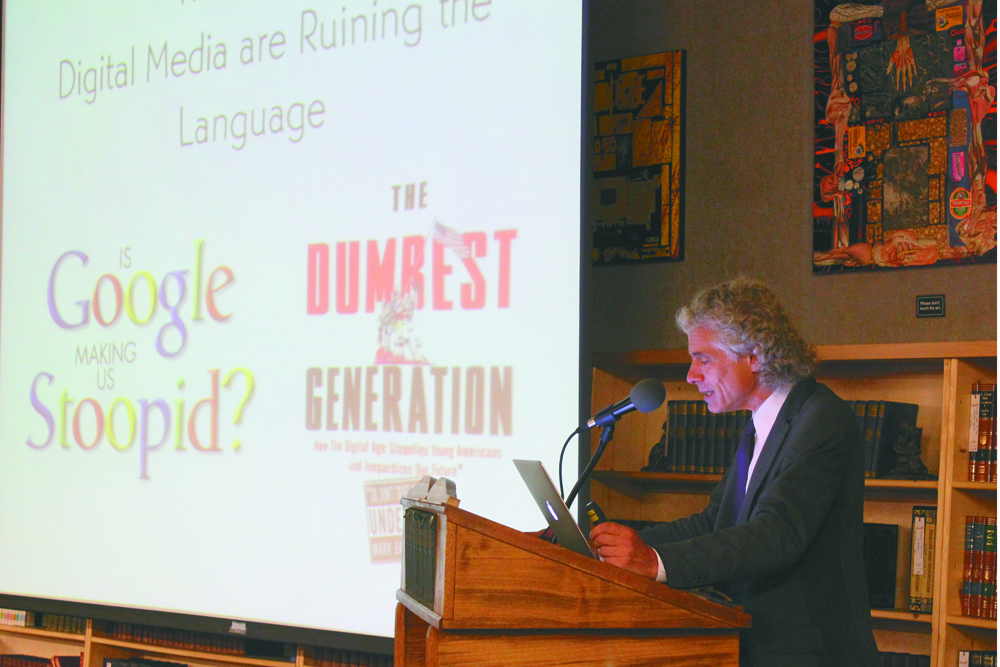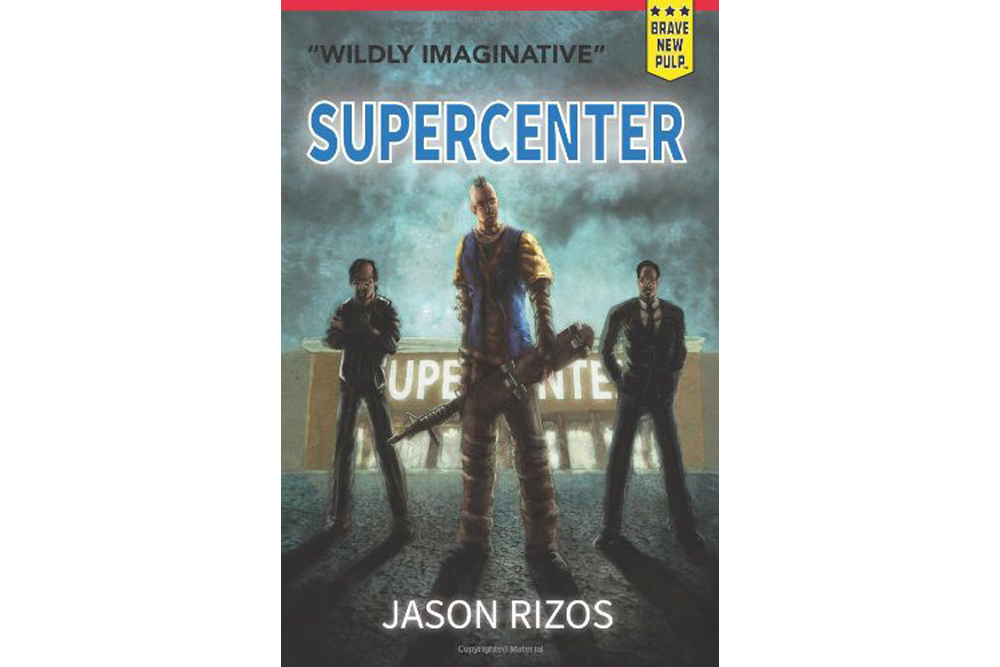There’s something wonderful about a long, slow-burn horror story. Authors such as Peter Straub and Stephen King excel at this—giving you a rich world and detailed characters with horror that is usually tied to basic human fears and anxieties. There’s something even more wonderful about sub-300-page works that hit you like a truck and beat you over the head with their ideas. James Herbert was one of the all-time greatest authors at doing this.
Though his work in horror was widely varied (and largely good) I keep coming back to the first two books he wrote—1974’s The Rats and 1975’s The Fog. These books have no time for subtlety and even less time for good taste. They’re blisteringly fast-paced, end within a page or two of the last kill and have simple concepts that allow him to go wild with catastrophic set pieces.
They’re also wonderfully simple in their premises. You can probably guess what The Rats and The Fog contain in them. Both books follow two-fisted, establishment-wary men of action as they fight their way through a conflict that overtakes London. In The Rats, it’s waves upon waves of flesh-craving rats that carry a deadly disease. In The Fog, it’s a meteorological anomaly that drives everyone who passes through it insane. With the reader on board for the premise within the opening chapter, Herbert uses the remaining pages to efficiently and consistently up the stakes. First, one or two people die. Then, small groups begin to perish, but soon we’re getting trains flooded with rats and a fog-crazy pilot flying a loaded 747 into an apartment complex while our hero drives a “devastation vehicle” through the lunatic hordes of London.
There’s a direct link between books like this and the trashy horror cinema I tend to love—both offer cheap thrills and outrageous violence—but The Rats and The Fog are also far more well-produced than your average B-level horror film. Herbert clearly found a structure that worked well for him and he sticks to it, leaving the main plot aside at key points of tension to focus on side stories about other characters who are pages away from being ultra-murdered.
Over the course of a chapter, he fills in a few details for each of these doomed characters, be the WWII veteran school teachers, jilted lovers or simple farmers, and when they’re fleshed out enough, he offs them in spectacular fashion. These brutal asides—completely unrelated to the main plot in any way aside from the threat—really sell the specific brand of carnage each book carries.
Herbert would go on to work in other sub-genres of horror, even branching out into crime fiction with the only vaguely supernatural-tinged The Jonah. They’re all largely excellent—I’d highly recommend the lost-on-an-island horror thriller Moon—but it’s The Rats and The Fog that I keep coming back to. They’re so entertaining, so fast and so gleefully mean-spirited that there’s nothing quite like them in the world of horror fiction.






